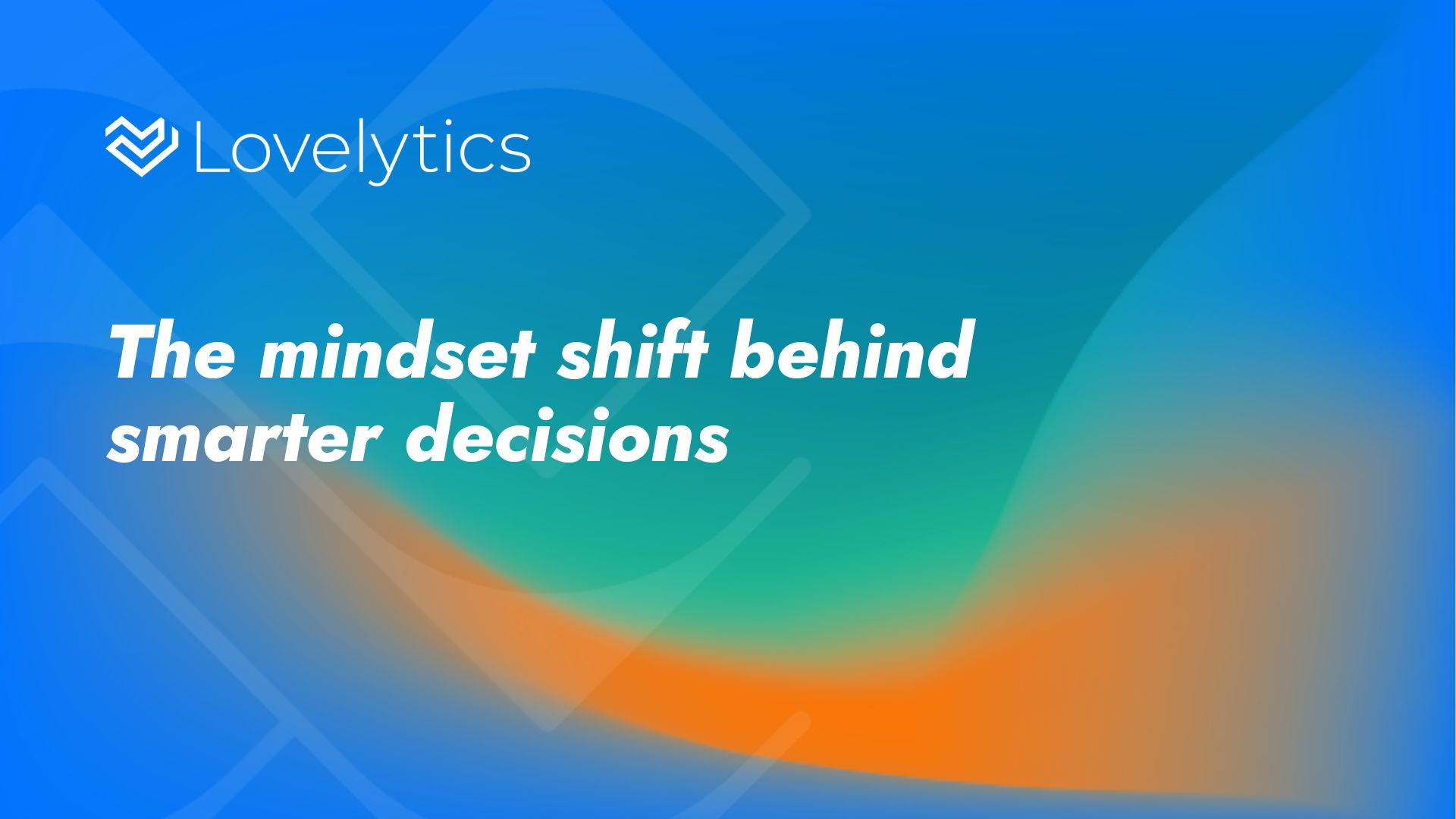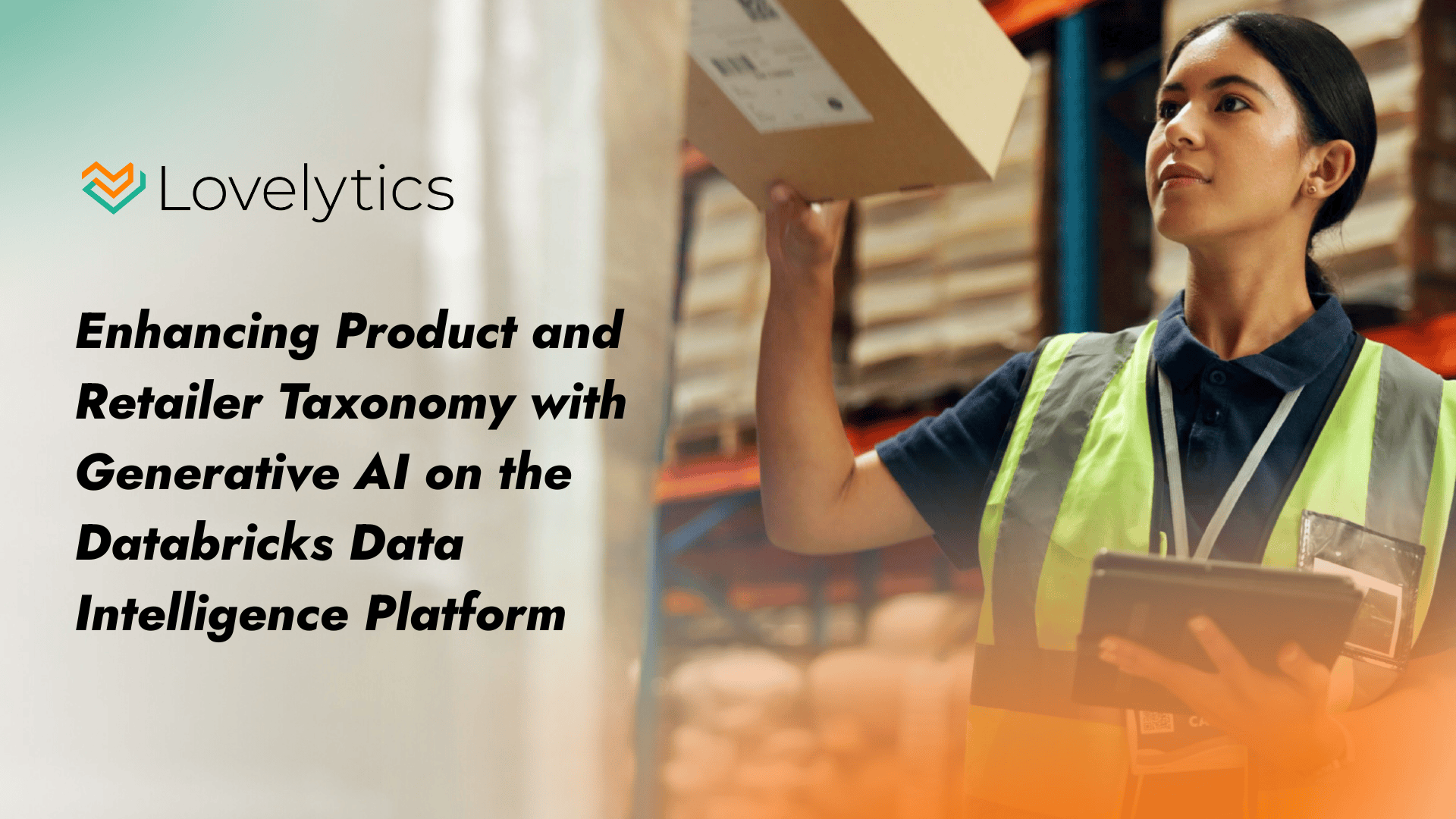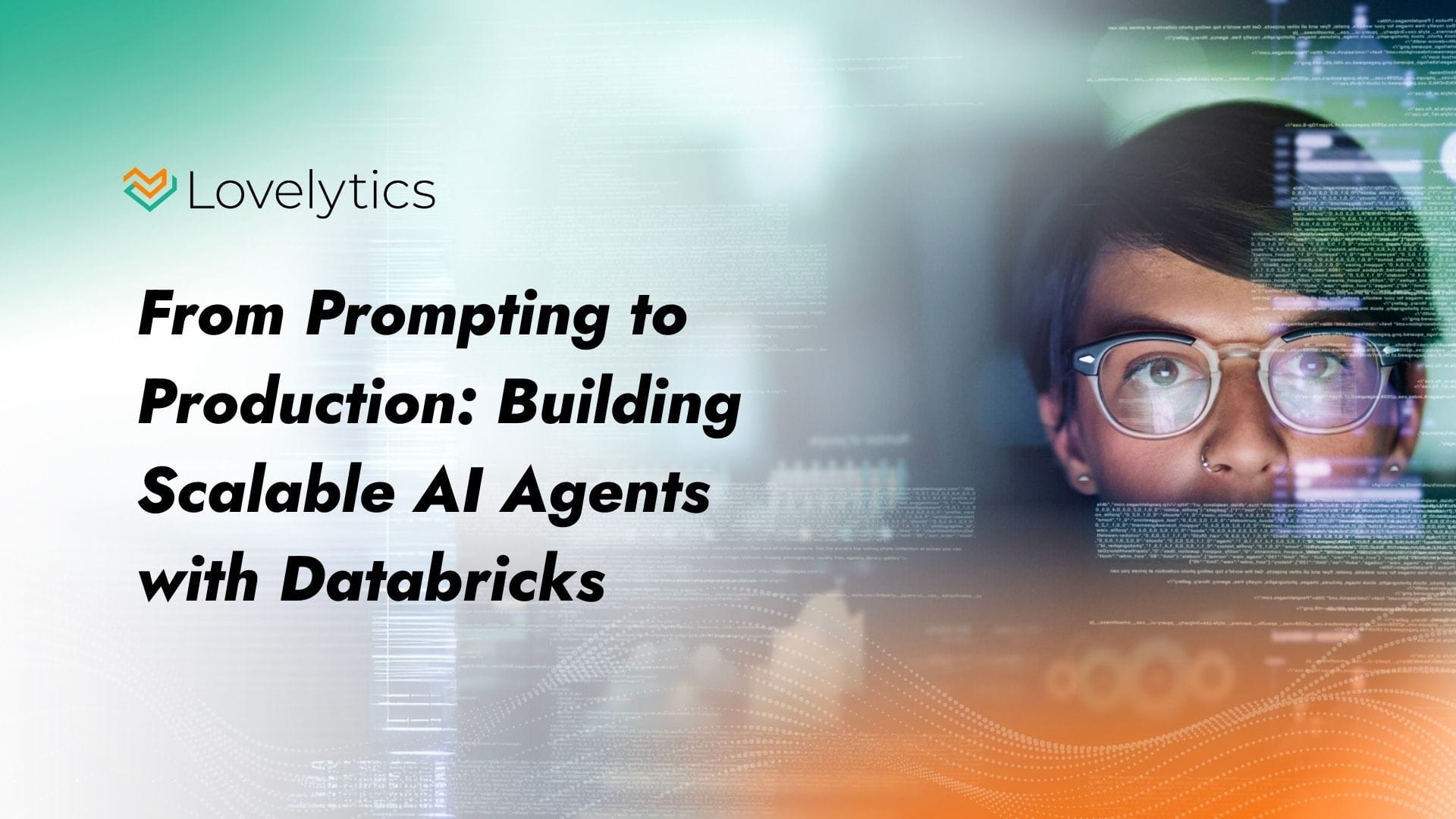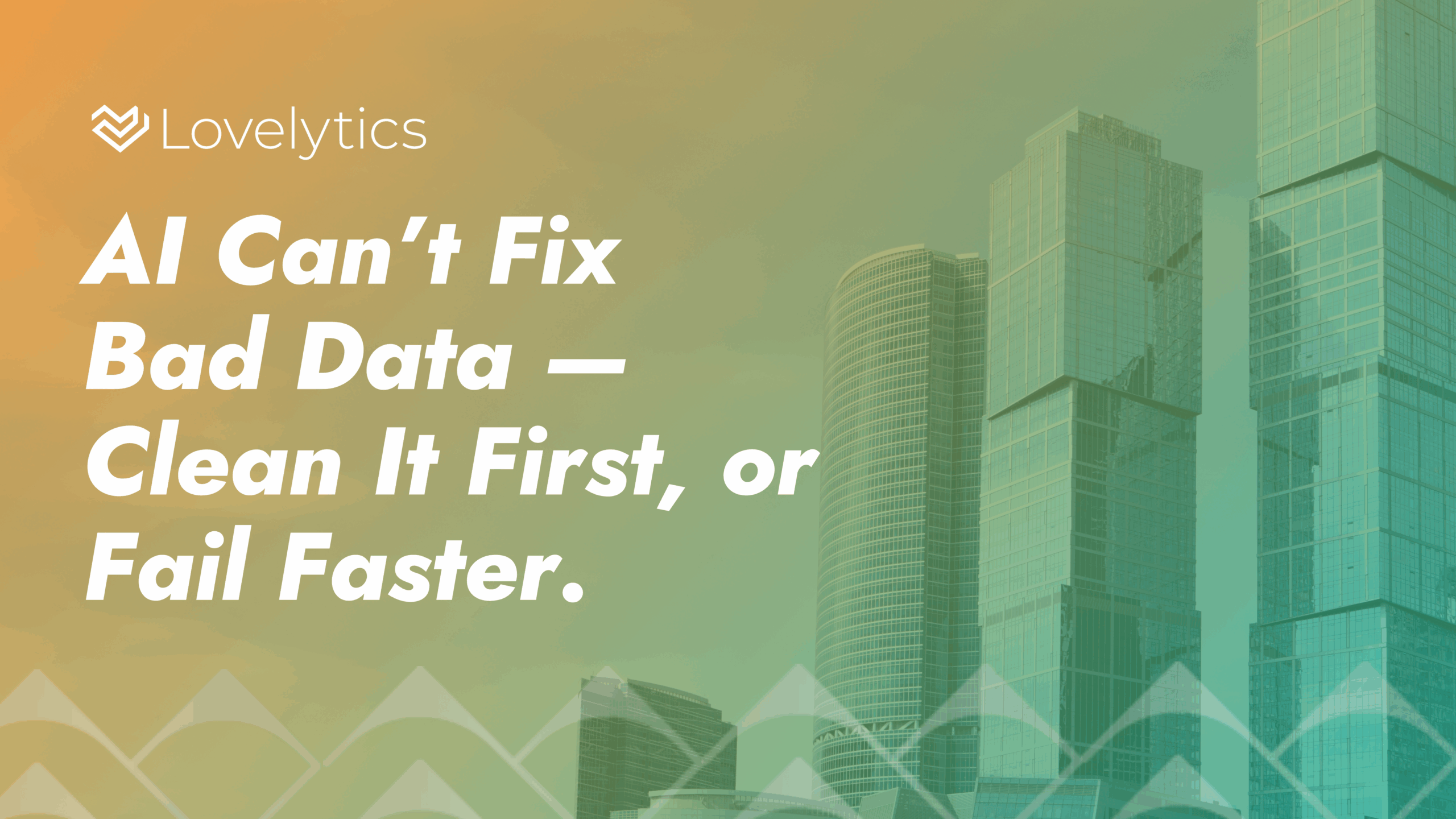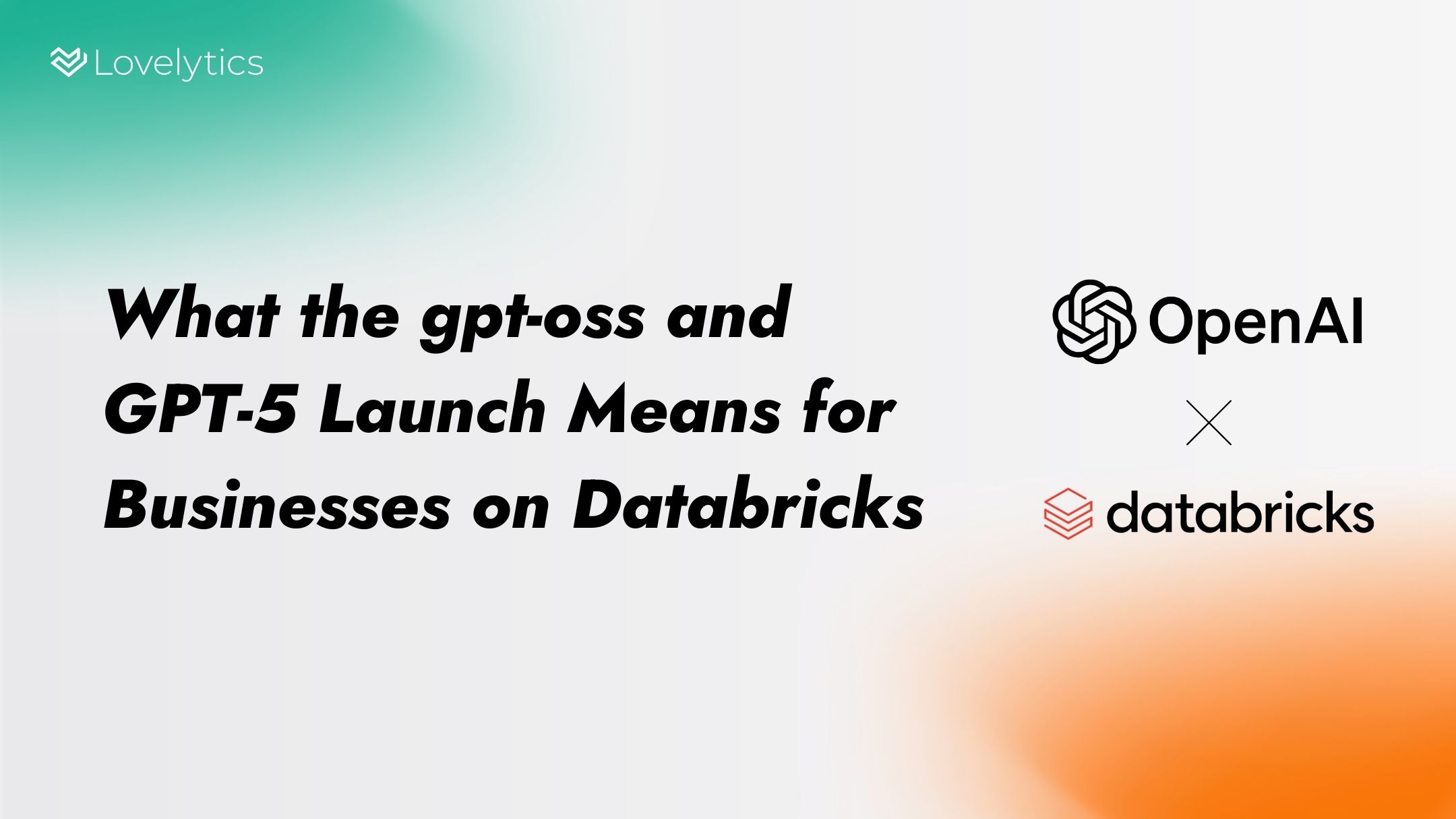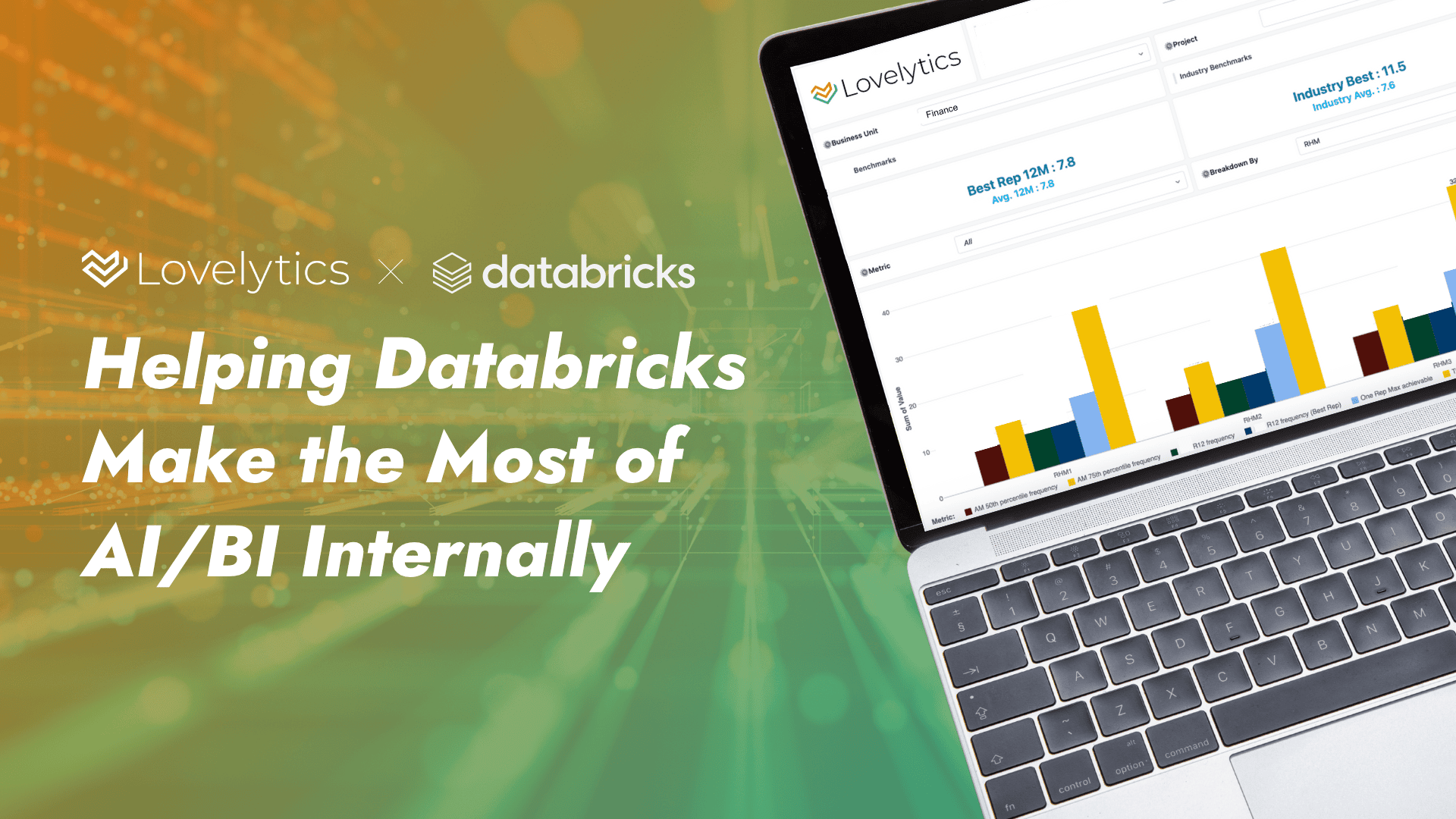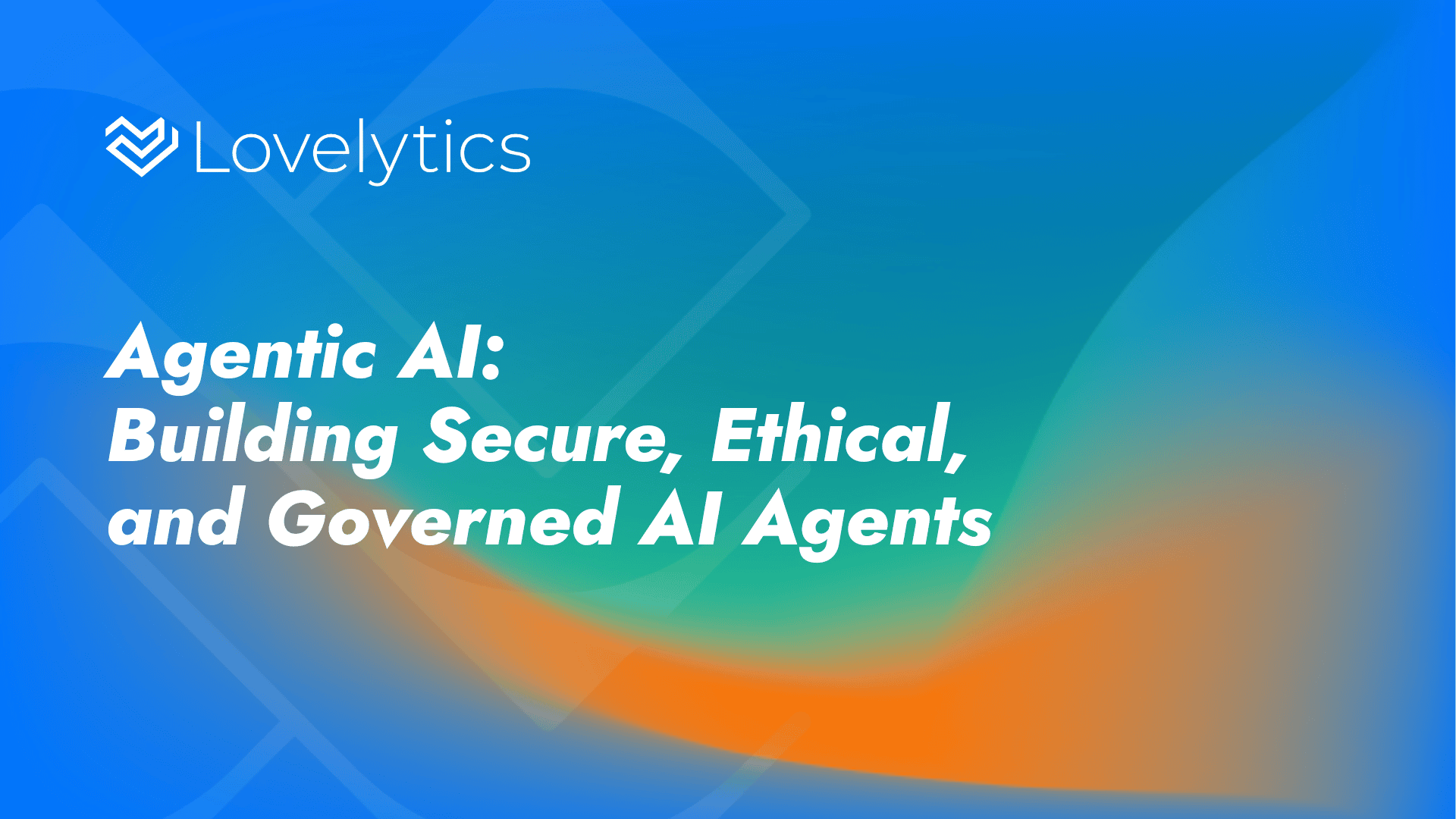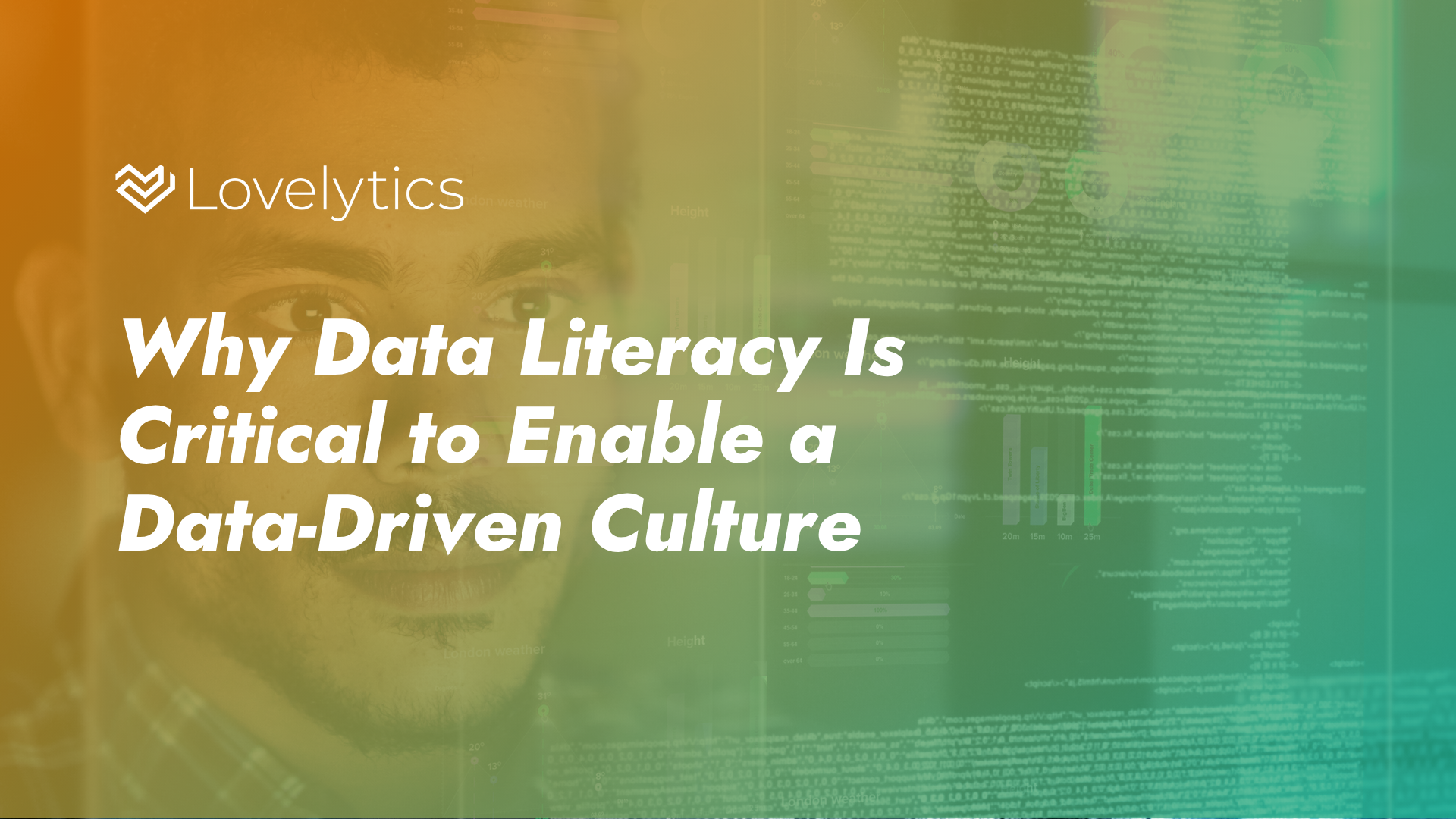Introduction
Large Language Models (LLMs) have revolutionized natural language processing by predicting the next word in a sequence based on learned patterns from massive text datasets. However, recent advancements, such as OpenAI’s o1 series, have taken these capabilities further, introducing sophisticated reasoning abilities. These models are not just generating text—they’re logically processing information, tackling complex problems step by step, and assisting with making informed decisions. With their reasoning prowess, models like o1 are transforming industries by providing more accurate and efficient solutions, paving the way for a new era in AI-driven problem-solving.
Large Language Models (LLMs) operate by predicting the next word or token based on patterns learned from vast amounts of text data. This underlying mechanism allows them to generate coherent text, but recent advancements have demonstrated that they can do much more—mimicking the ability to reason. Models like OpenAI’s o1 series are specifically trained in reasoning, enabling them to logically process information, break down complex problems into simpler steps, and make informed decisions.
Reasoning Models
OpenAI’s recent announcement of the o1 series models—trained with reinforcement learning—marks a breakthrough in performing complex reasoning. The o1 model ranks in the 89th percentile on competitive programming tasks (Codeforces), places among the top 500 students in the USA Math Olympiad (AIME), and even exceeds human PhD-level performance on physics, biology, and chemistry problems (GPQA).
Through large-scale reinforcement learning, OpenAI’s o1 model has learned how to think productively using a chain of thought in a highly data-efficient training process. The model consistently improves with more reinforcement learning (train-time compute) and time spent thinking (test-time compute). This approach differs significantly from traditional LLM pretraining and the constraints on scaling this approach differ substantially from those of LLM pre-training.
Testing on various human exams and machine learning benchmarks demonstrated that the o1 model outperforms GPT-4o in reasoning-heavy tasks. On the AIME, designed for top high school math students, o1 scored 13.9—placing it among the top 500 students nationally. Additionally, o1 surpassed human experts in chemistry, physics, and biology on the challenging GPQA-diamond benchmark, marking a first for AI models.
The key differentiation here lies in the “test-time compute” involved in the o1 series. Unlike older models that perform inference, o1 evaluates options step-by-step, analyzing and refining its output—similar to how humans process difficult problems. Through reinforcement learning, o1 has honed its reasoning, enabling it to break down complex tasks and adopt new strategies when needed.
Reasoning Steps
OpenAI showcases the o1 model’s chain of thought on difficult problems like ciphers, math, crosswords, and science. To see how this applies to business, I tried a few scenarios:
Insurance Underwriting:
Prompt: You are an expert underwriter with experience in assessing risk for life insurance clients with special conditions such as cardiac disease, cancer, and diabetes. Based on the health history provided, determine the risk rating for this client.
< Detail Medical History>
The model performed the following Chain of Thought Steps:
- Weighing key factors
- Evaluating risk levels
- Assessing patient’s health
- Assessing patient’s risk factors
- Assessing family health history
In just 11 seconds, the model delivered a highly accurate risk classification with detailed justifications for the rating and possible underwriting outcomes.
This result was quite impressive. In my prior experience with GPT-4 (version 1106), it took a prompt roughly two pages in length to guide the model through this type of chain-of-thought reasoning. We had to iterate multiple times over several weeks to fine-tune the prompt and achieve an accuracy close to 90% (surpassing human/underwriter parity). Now, with the o1 model, the same level of accuracy was achieved with just a short prompt of a few lines. The complex steps I previously had to guide the LLM manually are now embedded within the model, thanks to reinforcement learning and test-time thinking.
Product Metadata:
Prompt: You are a retail product taxonomy expert in food and beverage. Based on the description and fields provided, generate detailed metadata for classification and taxonomy analysis, even if the information is incomplete or vague.
Chain of Thought Steps:
- Understanding the task
- Gathering attributes
- Piecing together product details
- Pinpointing critical information
- Creating a recipe
- Mapping out health choices
The model delivered a highly accurate and detailed output, demonstrating impressive reasoning abilities with minimal input, achieving a significant improvement over previous models.
Transforming Industries: Real World Use Cases of OpenAI’s o1 Model in Complex Problem-Solving
Reasoning LLMs like OpenAI’s o1 model can be applied across various industries where complex, multi step problem-solving is critical. The key capabilities of reasoning models include:
- Contextual Understanding: Grasping the nuances of language, industry-specific terminology, and complex instructions.
- Multistep Reasoning: Logical deductions, planning, and problem-solving over multiple interconnected steps.
- Adaptability: Handling novel situations and data without retraining, leveraging reasoning skills to process new information.
Here are some examples of real-world use cases for reasoning LLMs:
Healthcare: Advance Clinical Decision-Making
- Differential Diagnosis: Assist physicians by reasoning through complex patient cases with multiple symptoms and medical history. OpenAI’s o1 model can assist physicians in navigating complex patient cases by reasoning through multiple symptoms, medical history, and diagnostic data.
- Treatment Pathways: Analyze and compare treatment options using the latest research, guidelines, and patient-specific factors. By analyzing and comparing various treatment options, the o1 model incorporates the research, clinical guidelines, and patient-specific factors, based on its training data. This enables healthcare professionals to make more informed treatment decisions, potentially improving patient outcomes and optimizing care efficiency.
Legal Industry: Streamline Contract Analysis and Compliance
- Legal Document Review: Interpret complex legal language, identify potential risks, and ensure regulatory compliance. OpenAI’s o1 model can interpret complex legal language, identifying potential risks, and assessing if the documents meet regulatory requirements. This reduces time spent on manual reviews while enhancing accuracy in identifying critical legal issues.
- Case Law Research: Analyze precedents and reason through legal arguments to support case strategies. The o1 model can analyze legal precedents and reason through intricate legal arguments to support case strategies. By providing lawyers with relevant case insights and strategic recommendations, it enhances legal research efficiency and strengthens case preparation.
Financial Services: Enhance Regulatory Compliance and Risk Management
- Regulatory Interpretation: Assist financial institutions in interpreting and implementing complex regulations across jurisdictions. OpenAI’s o1 model can potentially help financial institutions navigate and interpret complex regulations across multiple jurisdictions. By reasoning through legal frameworks, the model assesses compliance, reduces the risk of regulatory violations, and simplifies the implementation of new guidelines.
- Risk Assessment: Evaluate financial instruments by reasoning over market data, geopolitical events, and economic indicators. The o1 model can evaluate financial instruments by analyzing market data, geopolitical events, and economic indicators. Its advanced reasoning capabilities may provide more accurate risk assessments, enabling institutions to make informed investment decisions and manage financial risks with greater precision and confidence.
Manufacturing: Optimize Complex Supply Chain Optimization
- Dynamic Problem Solving: Manage supply chain disruptions in real-time, considering constraints like logistics and regulations.OpenAI’s o1 model can offer real-time management of supply chain disruptions by dynamically reasoning through logistical constraints, regulatory requirements, and resource limitations. This allows manufacturers to respond swiftly to challenges, minimize delays, and optimize operational efficiency.
- Design and Engineering Assistance: Assist engineers by reasoning through design specifications, materials properties, and compliance standards. The o1 model can assist engineers by reasoning through intricate design specifications, material properties, and compliance standards. This streamlines the product development process, can improve design accuracy, and ensures that engineering decisions align with both performance goals and regulatory requirements, ultimately reducing time to market and costs.
Education: Personalized Learning and Tutoring
- Adaptive Tutoring Systems: Provide personalized instruction based on the student’s learning style, misconceptions, and knowledge gaps. OpenAI’s o1 model can deliver personalized instruction by adapting to each student’s unique learning style, addressing specific misconceptions, and filling knowledge gaps. This tailored approach enhances engagement and accelerates learning outcomes, providing a more effective and individualized educational experience.
- Content Creation: Generate explanations and examples tailored to individual learners and curricula. The o1 model can generate customized explanations, examples, and learning materials tailored to both individual learners and specific curricula. This capability ensures that educational content is both relevant and accessible, improving comprehension and retention for students across a wide range of subjects.
Bridging Advanced Reasoning Models with Databricks’ Unified Data Platform
The remarkable capabilities of reasoning models like OpenAI’s o1 series offer transformative potential across industries. However, to unlock their full value, it’s essential to ground these models in an organization’s specific data rather than relying solely on their general intelligence. This is where Databricks’ unified data platform becomes critical, providing the infrastructure to integrate advanced AI with enterprise-specific datasets securely and efficiently.
Grounding AI in Your Data
While models like o1 exhibit impressive reasoning abilities, their true power is realized when they are applied to the nuanced and proprietary data of an organization. Databricks facilitates this by offering a unified data foundation that ensures all data—structured, unstructured, streaming, or batch—is accessible and manageable in one place. By grounding AI models in this comprehensive data environment, organizations can enhance the specificity and relevance of the insights generated, leading to more accurate decision-making and tailored solutions.
Mosaic AI Gateway: Simplifying and Securing AI Integration
The Mosaic AI Gateway addresses the challenges of operational inefficiencies, cost overruns, and security risks associated with deploying AI models. It provides a unified service to access, manage, and secure AI traffic, allowing enterprise administrators to enforce guardrails and monitor AI usage effectively. Developers benefit from a simplified interface to experiment, combine, and deploy applications quickly and safely into production.
Key advantages of the Mosaic AI Gateway include:
- Unified Access to Models: It simplifies interaction with any Large Language Model (LLM) through a single interface—be it API, SDK, or SQL—significantly reducing development time and integration costs.
- Flexibility: Organizations can easily switch between proprietary and open-source models without modifying client applications, offering adaptability as AI technologies evolve.
- Data Security and Compliance: All interactions are captured in Unity Catalog, Databricks’ unified governance solution, making it straightforward to securely share, search, visualize, and analyze data using familiar tools.
By leveraging the Mosaic AI Gateway, enterprises can seamlessly integrate advanced reasoning models into their workflows while maintaining strict security and compliance standards.
Lakehouse Apps: Custom GenAI Applications Within a Secure Environment
Databricks Lakehouse Apps represent a significant advancement in developing and deploying data-intensive applications. They allow developers to create custom applications tailored to their Generative AI (GenAI) use cases, all within the secure and managed environment of the Databricks Lakehouse.
Benefits of Lakehouse Apps include:
- Simplified Development: Developers can build and deploy applications without worrying about the underlying infrastructure complexities.
- Enhanced Security: Applications run within the Databricks environment, ensuring data security and compliance are upheld throughout the application lifecycle.
- Scalability: The platform is designed to handle large-scale data workloads, making it suitable for intensive AI applications that require significant computational resources.
By using Lakehouse Apps, organizations can accelerate innovation, reduce time to market for AI solutions, and maintain control over their data and models.
Unified Data Governance with Unity Catalog
An integral part of Databricks’ offering is Unity Catalog, which provides a unified governance solution for all data and AI assets. It ensures that:
- Data Lineage and Auditing: All data interactions are tracked, providing transparency and traceability necessary for regulatory compliance.
- Secure Data Sharing: Teams can securely share data and AI artifacts across the organization, fostering collaboration while maintaining control over sensitive information.
- Integration with Data Tools: Unity Catalog works seamlessly with familiar data tools, enabling users to combine datasets, perform custom analyses, and build dashboards tailored to business needs.
Empowering Industries with Tailored AI Solutions
By integrating advanced reasoning models with Databricks’ robust data platform, organizations can:
- Enhance Model Accuracy: Ground models in proprietary data to improve the relevance and precision of outputs.
- Streamline Operations: Use unified tools to reduce complexity in model deployment and management.
- Maintain Security and Compliance: Leverage built-in governance features to protect data and comply with industry regulations.
- Foster Innovation: Enable teams to experiment and iterate quickly, leading to faster development of AI-driven solutions.
Conclusion
The fusion of advanced reasoning models with Databricks’ unified data foundation presents a powerful opportunity for organizations to transform their operations. By providing the infrastructure to ground AI models in specific, enterprise-grade data securely, Databricks empowers businesses to harness the full potential of AI advancements like OpenAI’s o1 model. This integration not only enhances the capabilities of the AI models but also ensures that their deployment is efficient, secure, and scalable, driving innovation and competitive advantage in the evolving digital landscape.
Ready to explore how advanced AI models can transform your industry? Explore how Lovelytics integrates cutting-edge reasoning capabilities with your unique data to drive smarter, faster decision-making. Contact us to start the journey toward AI-powered innovation today.



